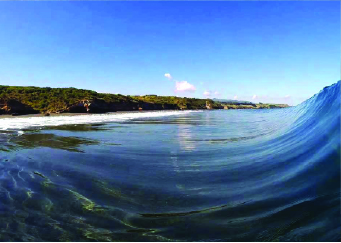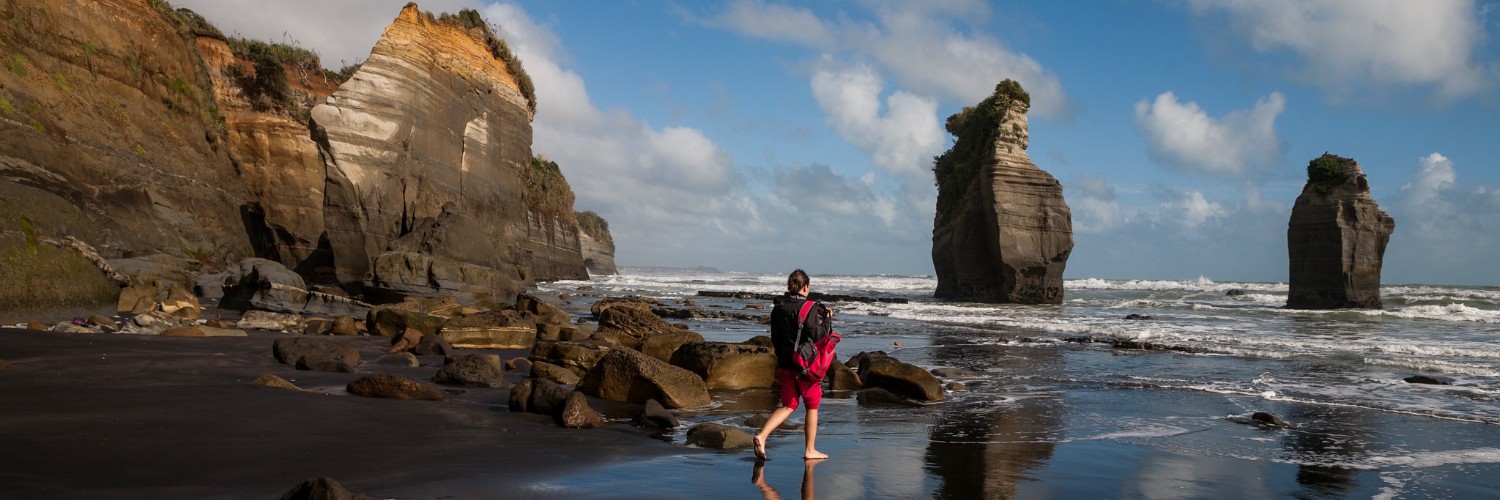Vision and values
Vision
This document presents a multi-stakeholder strategy that ensures social, cultural, economic and environmental values are supported and celebrated through the development of Taranaki’s tracks and trails network.
Values
The following six values underpin this strategy:
- Value 1: Valuing local sense of identity
- Value 2: Valuing regional native flora and fauna, and conservation efforts
- Value 3: Engaging diverse stakeholders with the Taranaki tracks and trails strategy
- Value 4: Creating enduring social and ecological values
- Value 5: Shaping efforts of key agencies
- Value 6: Identifying areas of investment focus
Value 1: valuing a local sense of identity
Stories, memories, experiences and feelings of place are important cues to the relationships people have with their landscapes, and these landscapes have with them. Taranaki is a place rich in history, values, associations and stories, and this sense of local identity is a key component in driving an integrated tracks and trails network.
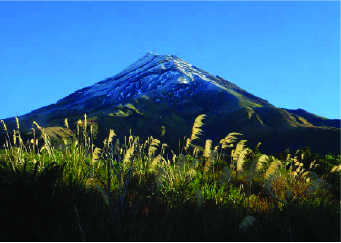
Value 2: Valuing regional native flora and fauna, and conservation efforts
Biodiversity is a key theme throughout New Zealand. Taranaki’s fostering of a ‘Mounga to Moana’ approach to biodiversity is expressed through a rich tapestry of riparian planting, revegetation outside the mountain ring, and the establishment of key conservation groups including Project Mounga and Wild for Taranaki.
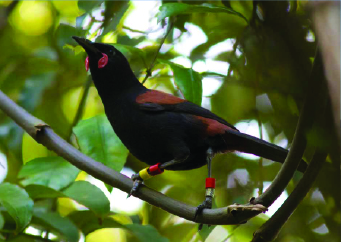
Value 3: Engaging diverse stakeholders with the Taranaki tracks and trails strategy
The region is managed, represented and experienced by many groups: iwi, councils, community groups, local trusts, not-for-profits, and umbrella organisations. Overlapping areas of interest and spatial boundaries create an opportunity for diverse and rich engagement.
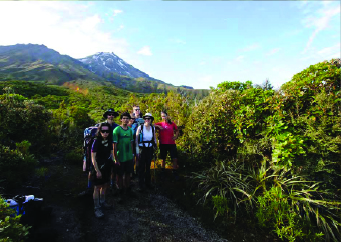
Value 4: Creating enduring social and ecological values
The current tracks and trails network is a rich resource that can unlock further long-term benefits. By expanding the use and scope of a track or trail, these pathways – which carry people, flora and fauna across space – can transform newcomers into locals and planting into corridor habitats. Through a process of scalability both these layers weave a connected system around the mountain and across time with potential to create a socially, culturally, and ecologically rich future.
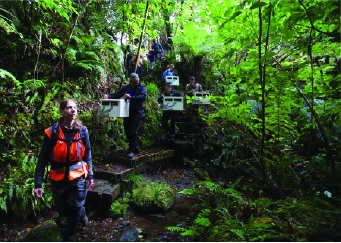
Value 5: Shaping efforts of key agencies
A number of proposals are already underway or being considered across the region. These range in focus from recreation, through to biodiversity and the environment, and communities and families. To ensure effective investment clear decision-making structures are needed. This includes identifying where and when alignment of existing efforts and resources is beneficial, and where and when new resources are required to work as the catalyst to unlock a long-term vision.
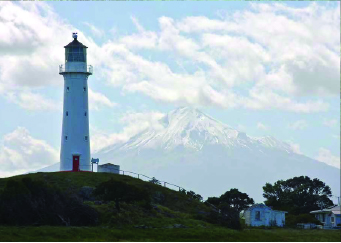
Value 6: Identifying areas of investment focus
As Taranaki is already strong in resources (infrastructure, people, and ideas), the priority is to identify and enable projects that utilise a high proportion of what already exists, and which can also create a far-reaching, enduring, and transformative impact for the region.
